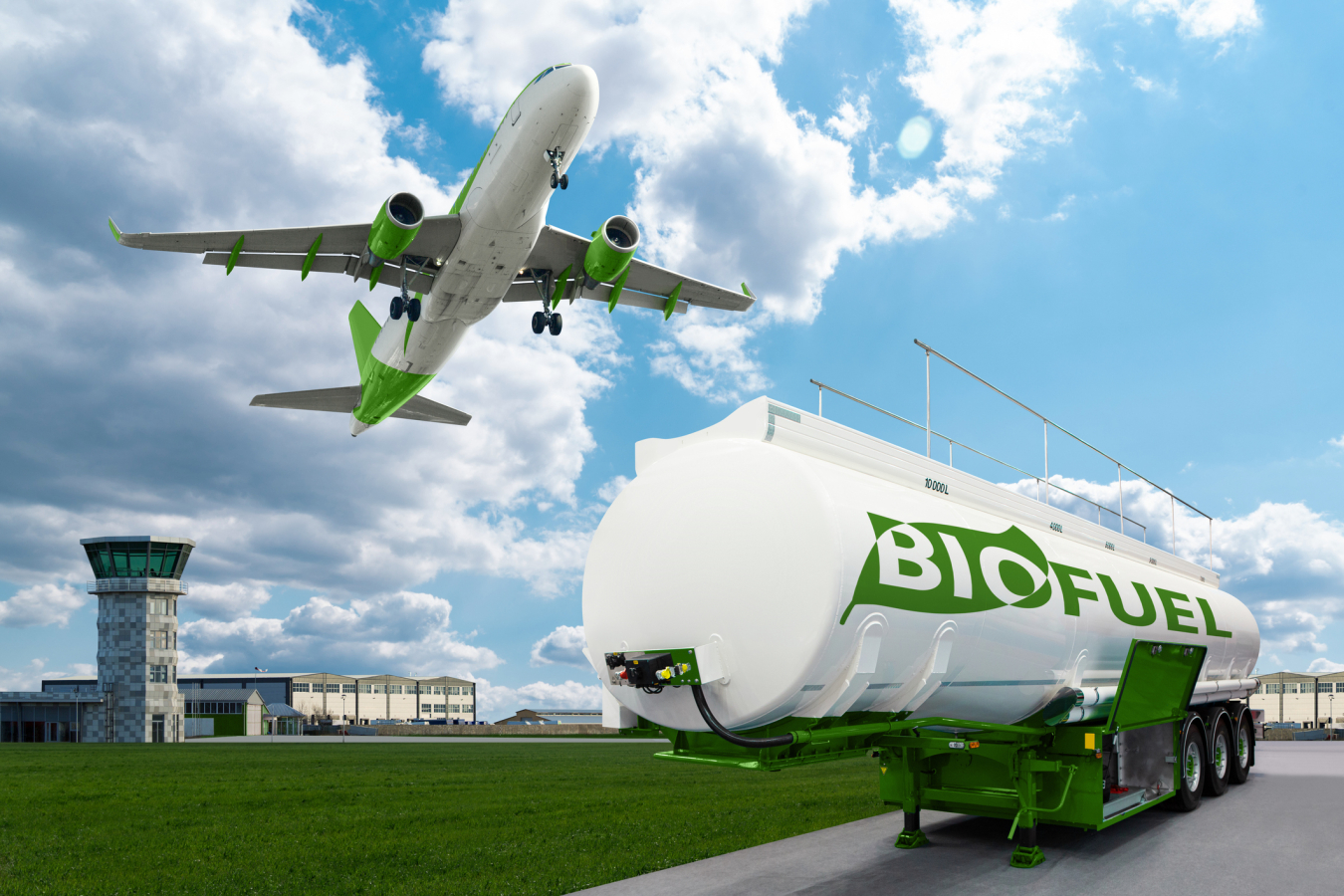Sustainable Aviation Fuel Takes Flight, But Needs More Wings
The International Air Transport Association (IATA) reports a significant leap in sustainable aviation fuel (SAF) production for 2024. Production is projected to triple compared to 2023, reaching an estimated 1. 9 billion liters (1. 5 million tonnes). This positive development represents a crucial step towards decarbonizing the aviation industry, a major contributor to greenhouse gas emissions.
However, industry leaders caution that this growth, while encouraging, is just the beginning. Despite the increase, SAF will only account for a mere 0. 53% of the aviation industry's total fuel needs in 2024. To achieve ambitious net-zero carbon emission targets by 2050, a much larger and more diversified SAF production landscape is required.
Currently, the vast majority of SAF is produced from hydrogenated fatty acid esters (HEFA), which are derived from used cooking oil and animal fats. While HEFA is a viable option, it has limitations. Relying solely on HEFA raises concerns about sustainability, particularly if production ramps up significantly. Large-scale use of HEFA could potentially lead to competition for these resources with the food industry, driving up prices and potentially impacting food security.
The industry is calling for a broader range of feedstocks to be explored and approved for SAF production. This includes agricultural and forestry residues, municipal waste, and even captured carbon dioxide. Expanding the pool of feedstocks would not only ensure a more sustainable production process but also significantly increase potential SAF output.
Diversification efforts are already underway. Several companies are developing technologies to convert these alternative feedstocks into sustainable fuels. However, these technologies require further research and development to ensure they are commercially viable and meet strict environmental and safety regulations.
Governments also have a role to play. Policy measures that incentivize SAF production from diverse feedstocks are crucial. Financial support for research and development efforts, along with tax breaks for airlines that use SAF, would accelerate progress in this area.
The projected tripling of SAF production in 2024 is a positive sign for the future of sustainable aviation. However, continued efforts are required to diversify feedstocks and scale up production. By working together, the aviation industry and governments can ensure SAF takes flight as a leading solution for a cleaner and greener future.
Share:

